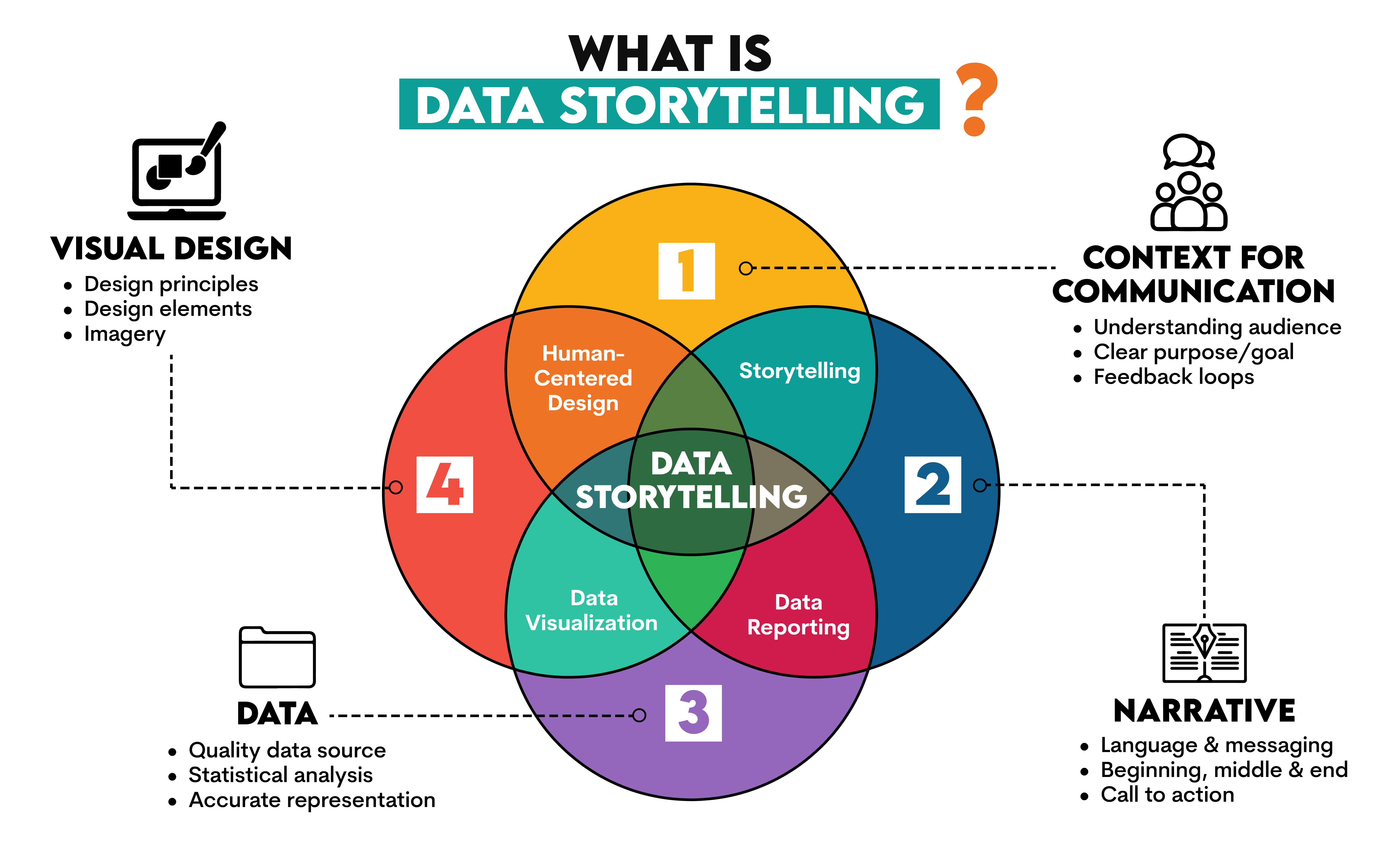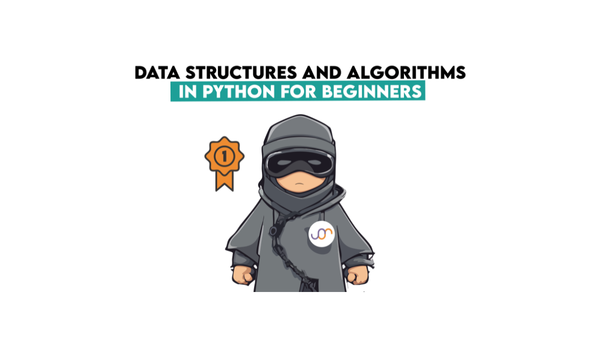The Data Scientist's Guide to Impress at Work: A Playbook for Success

Categories
How do you stand out at work and shine a light on your project and team? This article gives you five crucial tips on impressing as a data scientist.
How do you stand out at work and shine a light on your project and team? This article gives you five crucial tips on impressing as a data scientist.
In the world of data science, standing out isn't just about crunching numbers; it's about making those numbers tell a story that captivates your audience.
Welcome to the data scientist guide to impressing at work. Let's be real: Sometimes, it feels like our data speaks a different language than the rest of the world. How do you bridge that gap and show off your data scientist prowess?
Let's decode the secrets and master the art of storytelling.
1. Storytelling
Data tells a story and your job is to translate that into human speak.

It's not just about the results; it's about the journey.
The journey should start with a problem, then lead through your analytical adventure, and end with a compelling conclusion. Remember, a well-told story can turn data into decisions; that's always the end goal.
For instance, instead of saying, “Our sales increased by 10%”, dive into the why and the how: “By analyzing customer feedback, we identified key areas for improvement leading to a 10% sales boost”. It's the same data but with a lot more impact.
2. Visualize Victory
A picture is worth a thousand spreadsheets. In the digital age, visualizing data isn't just an option; it's a necessity. Master the art of creating intuitive, engaging visualizations that can turn complex data sets into understandable insights.

Simpler is better: use tools like Tableau, PowerBI, and Python's matplotlib to bring your data to life. Don't just show the numbers; show what they mean in the context. Your visualizations should tell a story that your audience can instantly connect with.
3. Stay Ahead of the Curve
Data science is ever-evolving, and staying updated with the latest trends and technologies is crucial. Whether it's machine learning, AI, or new data visualization tools, being the first to introduce these at your workplace can set you apart as a forward thinker.

How do you do this? Subscribe to data science blogs, attend webinars, and take online courses. Then, share what you learn with your team. Not only does this show initiative, but it also establishes you as the go-to person for the latest in data science.
4. Communicate With Confidence
The bridge between data science and business impact is communication. Break down your findings into digestible pieces and relate them back to business objectives. Speak the language of your audience, whether it's your manager, a client, or the marketing team. Practice presenting your findings in a clear, concise, and engaging manner. Remember, the goal is to make your audience understand and appreciate the value of your work, not to overwhelm them with jargon.
5. Collaborate and Share Your Success
Data science isn't a solo sport; collaborate with your colleagues across different departments. Share your insights and help them see how data can drive better decisions in their own areas. When you help others succeed with your data insights, you don't just show off your skills; you become an invaluable asset to your team. Plus, nothing says team player like shared success.
What Technical Skills Do You Need?
All these ways of impressing at work are underpinned by your technical knowledge; without it, you really can’t do anything. This is especially true if you’re employed as a full-stack data scientist.
So, the technical skills for data science can be broadly broken down into these competencies.

Coding: Most things that you do will be done using one or several programming languages. In data science, the three most common programming languages are SQL, Python, and R. Primarily, SQL is used for querying databases and storing and managing data. While Python and R can also do that, they are mostly used for data manipulation, analysis, and modeling.
Databases and database design: Data is stored in databases. Because of that, you’ll need to know the basic principles of how databases work, how they are queried, and how you can store data. Again, this is where SQL is used most extensively. Additionally, the knowledge of NoSQL databases, such as MongoDB or Cassandra, will come in handy when handling semi-structured and unstructured data.
Working with data: This involves cleaning data and making it suitable for the further phases of your work. In other words, you need to know how to correct mistakes in data, reformat it, fill in missing values, and generally adapt it to your needs. You’ll need to use data from various data sources and formats, such as CSV, JSON, and XML.
Statistics: You need to be proficient in statistical analysis, which includes descriptive, prescriptive, and predictive statistics. This, of course, includes the knowledge of probability theory and hypothesis testing and working with statistical tools, such as (pandas, NumPy, SciPy…).
Mathematics: No data scientist can exist without strong mathematical knowledge – linear algebra, calculus, differential equations, discrete mathematics, and algorithms.
Machine learning: Data scientists are experts in machine learning, meaning that they need to use supervised and unsupervised machine learning techniques, which also include model evaluation and validation. This also comes with the knowledge of ML frameworks, such as TensorFlow, scikit-learn, or Keras.
Conclusion
Impressing at work as a data scientist isn't about hogging the spotlight. It's about making the light shine brighter on your projects and team.
Master storytelling, hone your visualization skills, stay ahead of trends, communicate confidently, and collaborate for shared success. Follow these steps and you'll not only impress but also inspire.
Remember, the world of data is vast and full of potential. It's your time to use that potential and shine, even if you’re only at the beginning of your journey to becoming a data scientist.



